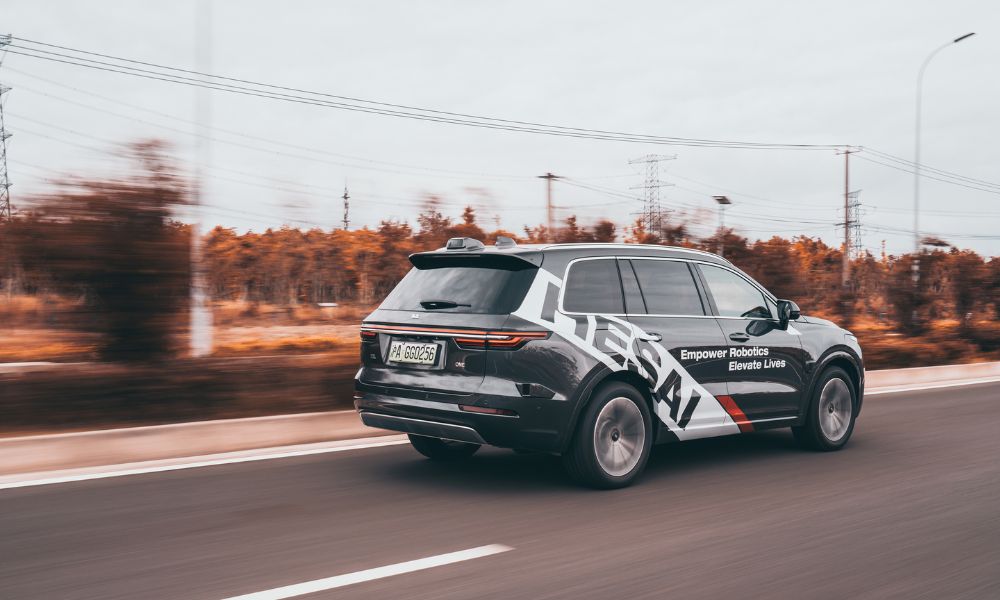
When it comes to autonomous driving, there are a lot of differing opinions. Some people are excited by the idea of robot cars, while others harbor a lot of doubt about the plausibility of autonomous driving. One of the best ways to combat doubt and misinformation is to provide clear information about what autonomous vehicles are, how they work, and what the future has in store for them.
That’s why discussing the role of lidar in the future of autonomous vehicles is so important. Learn more about lidar technology and what it means for the automotive industry—and beyond—with this overview.
The Needs of Autonomous Vehicles
The future of autonomous driving hinges on systems that can operate safely, accurately, and responsibly in any condition. A car that navigates a controlled course might not necessarily be able to react to unexpected situations on the open road. Similarly, technology that can assist with low-speed applications, such as parking assistance, isn’t necessarily a solution for highway driving.
As a result, engineers within the automotive industry strive to create autonomous systems that work in all conditions. From a winding country road in the middle of the night to heavy city traffic in bright sunshine, autonomous vehicles must be able to navigate safely and accurately wherever their passengers want to go. Without versatile technological solutions, self-driving cars will remain experimental.
How Lidar Excels
Lidar technology delivers the versatility, accuracy, and safety that autonomous vehicles need to become a common part of everyday life. Lidar sensors generate a more precise and comprehensive image than radar, offer better range than sonar, and are more resilient in harsh lighting and weather conditions than cameras. Plus, lidar systems generate high-resolution point clouds, creating real-time visuals for autonomous vehicles.
All of these features make lidar an invaluable tool in autonomous vehicle navigation. Moreover, lidar integrates well with other technologies, including radar, sonar, and cameras. This allows engineers to create robust navigation systems that work together to develop the most comprehensive and reliable solutions possible.
The Full Potential of Autonomous Vehicles
Because of the critical role that lidar plays, the future of autonomous vehicles is wide open. Widespread autonomous driving will affect more than just how we travel; it will also play a role in city planning, supply chain processes, and so much more.
It’s easy to think of self-driving cars in terms of how they will impact daily life on an individual level. For many people, the first thing that comes to mind when they think of autonomous driving is the Batmobile—a sleek, impressive way to get around town in style. The potential of autonomous vehicles reaches far beyond the individual commute, though. Think about how different cross-country road trips will be when you don’t have to focus all your energy on the road every minute of the trip. Even carpooling changes completely when no one has to drive.
In addition to changing the way we use our personal vehicles, lidar technology and autonomous driving are already powering new processes and solutions in public transportation and services.
Robotaxis and Other Public Transportation
Public transportation is one of the most exciting applications for autonomous driving. Like all autonomous vehicles, self-driving taxis, buses, and vans can help improve road safety while cutting down on traffic congestion. The ability to operate without a driver also makes buses and taxis more cost-effective and can increase flexibility in public transit schedules.
That’s just the beginning, though. For example, when vehicles don’t have to adhere to drivers’ schedules, there’s more freedom to move beyond strict routes through a city. Passengers could order a taxi or bus from anywhere at any time. Moreover, driver availability will no longer limit public transportation. This makes taxis and buses more accessible, even in remote or rural areas that struggle to implement reliable public transit.
Autonomous Trucking
Trucking and logistics can also benefit from lidar-powered autonomous vehicles. With autonomous trucking specifically, fleets can save money and time by cutting down on stops and following more efficient and consistent routes. Companies can also implement a hub-to-hub model to combine efficient autonomous long-haul driving with the experience and human touch of manual driving at the beginnings and ends of routes.
Delivery Vehicles, Robosweepers, and More
Lidar’s role in autonomous vehicles extends beyond driving. As lidar systems evolve to be more compact, versatile, and accessible, more and more industries can take advantage of the potential of fully autonomous vehicles. For instance, city services can use solutions such as robosweepers for street cleaning. Businesses can enhance their supply chains with efficient last-mile delivery vehicles. Malls, parks, and other public spaces can implement autonomous security cruisers to create safer environments.
Without lidar-powered vehicles, efforts such as these would require vast teams of employees running on complex schedules. This can drain budgets and put strain on teams facing labor shortages. With lidar, though, organizations can depend on the responsible navigation and precise perception of autonomous vehicles to deploy these services more efficiently. Businesses can provide more convenient processes for their customers. Cities can streamline essential public services without sacrificing safety and responsibility. These advantages help public and private organizations alike create more cost-effective processes that provide greater consistency and efficiency.
Lidar technology is constantly evolving, which means its role in autonomous driving grows more and more exciting every day. Only time will tell what the future holds for autonomous vehicles. At Hesai Technology, we’re thrilled to play a part in this exciting industry. Learn more about the potential of our lidar sensors for autonomous cars when you visit our website today.
TrendForce 2023 Infrared Sensing Application Market and Branding Strategies
Release: 01 January 2023
Format: PDF
Language: Traditional Chinese / English
Page: 164
If you would like to know more details , please contact:





 CN
TW
EN
CN
TW
EN






